Losses from hurricanes Helene and Milton are expected to support the stabilization of property catastrophe reinsurance pricing going into the key January 2025 renewals, Moody’s Ratings expects.
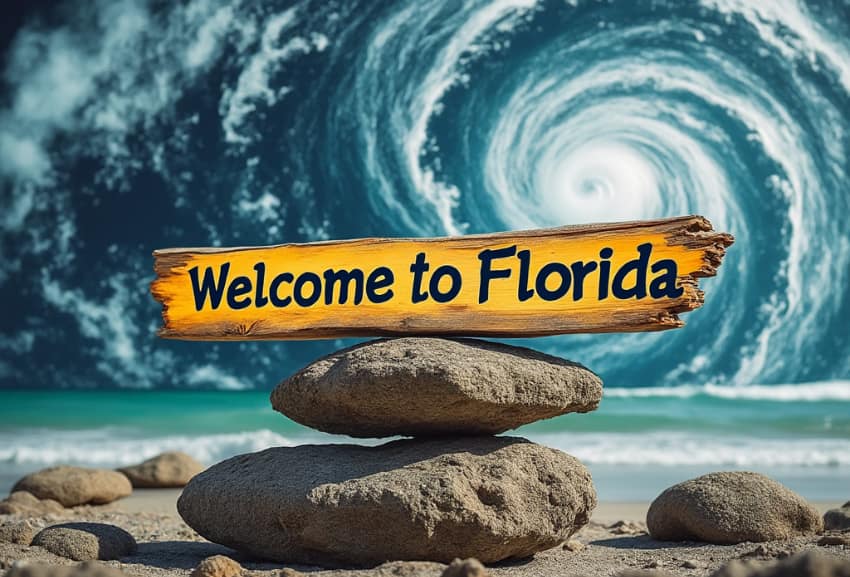 Global insured catastrophe losses are now anticipated to come in well-above average, with another $100 billion plus year expected.
Global insured catastrophe losses are now anticipated to come in well-above average, with another $100 billion plus year expected.
Moody’s notes this would be the fifth year in a row with over $100 billion of catastrophe losses, which it believes can relieve some of the pressure that was expected to be seen on renewal pricing.
“Earlier this year, it appeared that reinsurance pricing momentum had stalled as pricing for higher attaching layers declined by 5% to 10% during the 2024 midyear renewals in the US. Given the continued elevated level of insured catastrophe losses globally, we think the large losses incurred from Hurricanes Helene and Milton will provide support for the stabilization of property catastrophe reinsurance pricing going into the January 2025 renewals,” Moody’s Ratings explained.
Hurricane Milton is expected to become a top-10 costliest storms in US history, Moody’s Ratings said, with ramifications for the reinsurance industry.
The rating agency said, “As insured losses from a catastrophe event such as a hurricane go up, the proportion of losses ceded to reinsurers typically increases as losses work their way into the coverage provided by excess of loss reinsurance arrangements. Given Hurricane Milton’s current estimated loss range, we think a significant portion of losses arising from this event will be ceded to the reinsurance sector.
“Reinsurers’ losses related to Hurricanes Helene and Milton will depend on the underlying primary insurance coverages and the structure and terms of the reinsurance contracts. Most reinsurers also cede some of their peak zone catastrophe risk to alternative capital providers through collateralized reinsurance and catastrophe bonds.”
Because of these losses, not just the hurricanes, Moody’s Ratings believe reinsurers and alternative capital providers will be determined not to see pricing decline.
The rating agency said, “Although reinsurers price catastrophe-exposed coverages to account for the volatility inherent in the business, we think the continued elevated level of insured catastrophe losses globally will provide support for the stabilization of property catastrophe reinsurance pricing going into the January 2025 renewals.
“We expect reinsurers to maintain underwriting discipline by continuing to hold firm on terms and conditions in 2025. This includes setting attachment points high enough to avoid frequency events and limitations on providing aggregate reinsurance coverages.”
Despite the elevated level of catastrophe losses again in 2024, Moody’s Ratings said it still expects annual catastrophe losses should be within catastrophe loss budgets of most reinsurers, but warns that full-year results will not be as good as reported in 2023.
Finally, Moody’s also references the legislative reforms in Florida, noting that, “Hurricanes Helene and Milton are the first large hurricane events that will test the efficacy of Florida’s legal reform efforts to reduce litigation costs that have plagued the state’s insurance market.”
Which is going to be interesting to watch, especially given the reports related to hurricane Ian that have seen claims dragged out to try and increase their quantum, which has resulted in loss creep for some carriers and added to their reinsurance recoveries as well.
There is a belief that new litigation tactics have been adopted in Florida to get around some of the effects of the legislative reforms, including delaying tactics and a refusal to settle claims early.
That’s another input to reinsurance capital’s decision as to whether to allow pricing to decline and while this uncertainty remains in Florida, we are unlikely to see much if any softening there it seems.



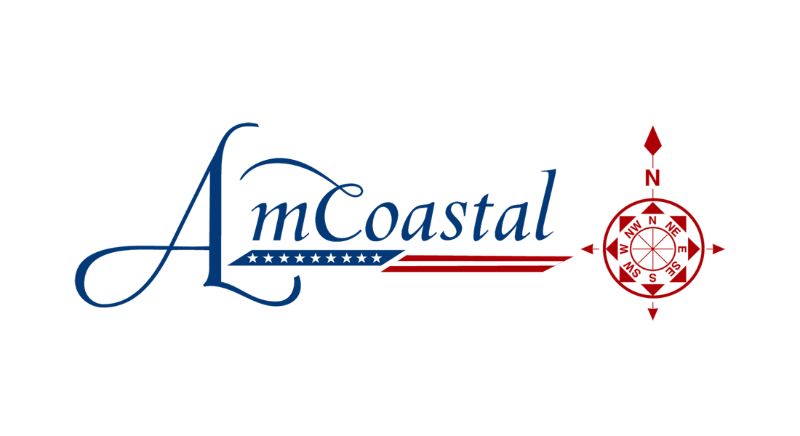

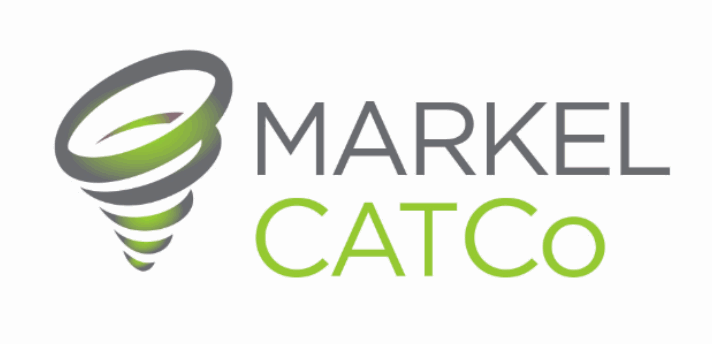
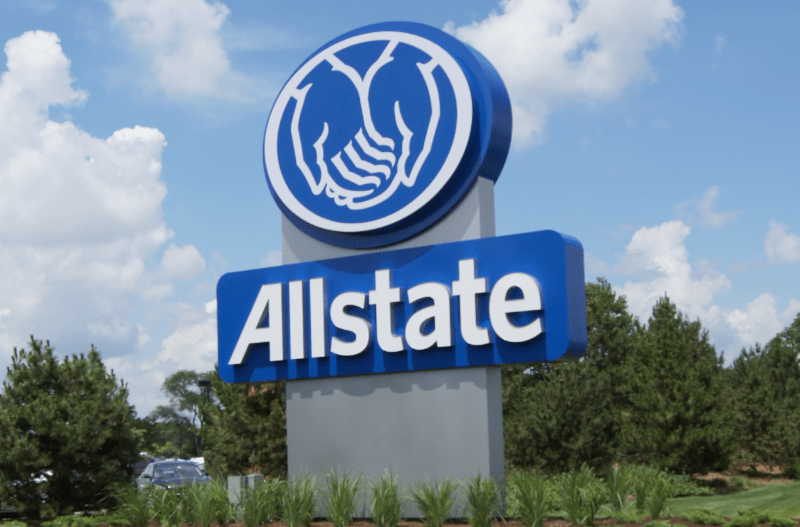

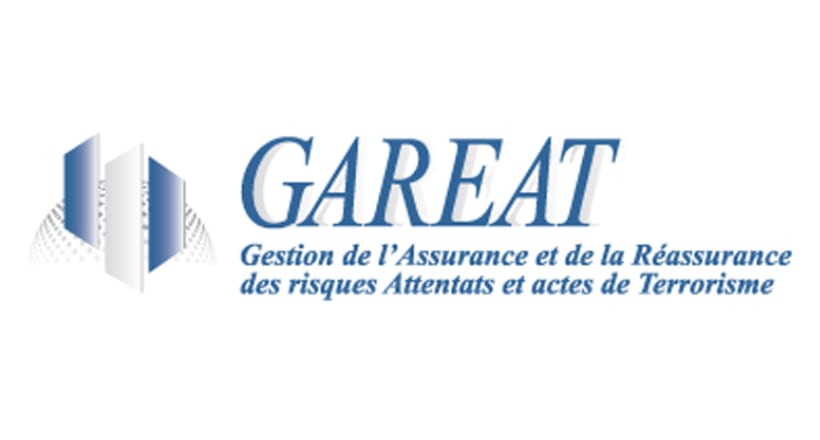


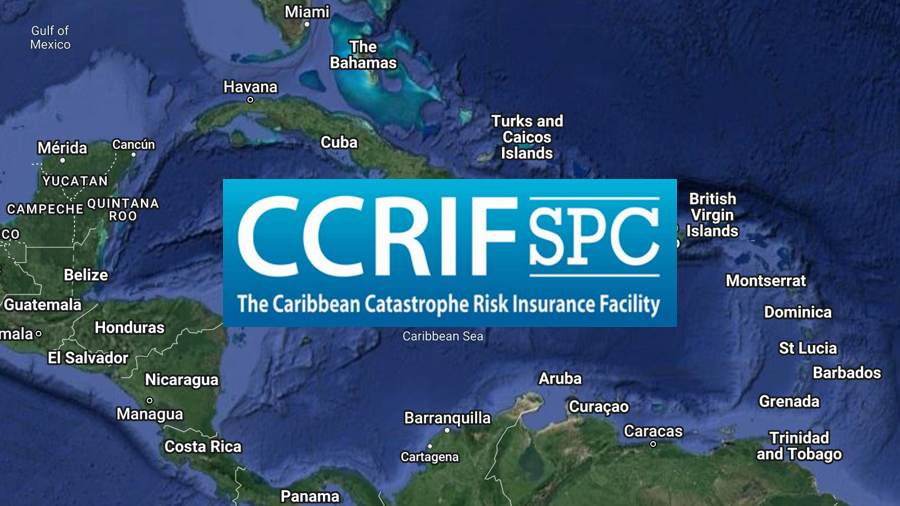









 English (US) ·
English (US) ·